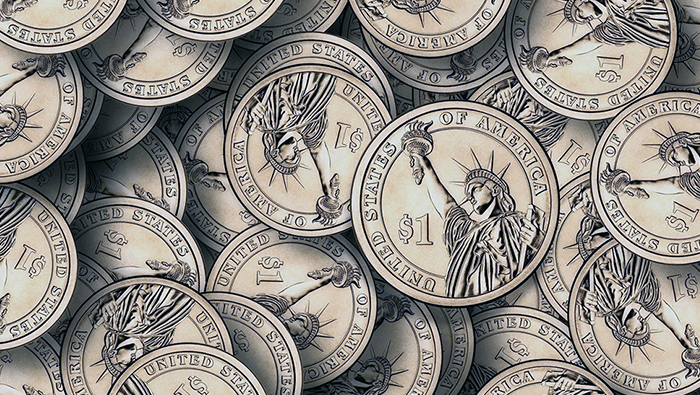
Muscat: The impact of COVID-19 was apparent on the Gulf Cooperation Council (GCC) banking sector that recorded record high provisions during the fourth quarter of 2020, according to a new report.
"As an ongoing effect of the pandemic, banks also slashed cash dividend payments by almost half, from $14.6 billion as cash dividend for FY-2019 to $8.0 billion for FY-2020," the Kuwait-based research and Investment firm Kamco Invest said.
This was also the second consecutive year of dividend cuts, one of the first since the financial crisis after FY-2019 dividends were cut by $3.9 billion. The cuts also came as a result of restrictions from regulators in exchange for relaxations on the capital front.
On the business side, lending growth continued for the fourth consecutive quarter in the first quarter of 2021.
Gross loans (excluding Kuwaiti banks) reached $1.43 trillion at the end of Q1-2021, registering a quarter-on-quarter (q-o-q ) growth of 3.5 per cent.
However, aggregate net loans (including Kuwaiti banks) grew at a much slower pace of 1.8 per cent q-o-q to reach $1.52 trillion.
UAE was the only country in the region that reported a decline in net loans by 0.7 per cent, whereas the rest of the GCC reported q-o-q growth.
Meanwhile, customer deposits showed growth across the board reaching $1.89 trillion at the end of the quarter with a q-o-q growth of 2.3 per cent.
The faster pace of growth in customer deposits against net loans resulted in a lower loan-to-deposit ratio that reached 80.2 per cent.
Total banking sector assets continued to climb for the fourth consecutive quarter reaching a new record high of $2.51 trillion. Growth was seen across the board with Omani banks reporting the biggest q-o-q percentage increase in total assets at 3.2 per cent, although the Sultanate remains the smallest banking industry in terms of listed bank total assets of $81 billion at the end of Q1-2021.
UAE banks continued to account for the biggest share of the regional banking balance sheet with total assets of $818 billion followed by Saudi Arabia at $673 billion.
Meanwhile, the stability in oil prices at over the $65 per barrel level has somewhat alleviated concerns related to government revenues and estimates now point to much lower funding requirements.
That said, the government's spending plans remain intact and as a result break, even oil prices are above the current oil price for all the GCC countries, barring Qatar, according to the IMF.
Sovereigns are also looking for private participation in the economic activity as seen from several public private partership (PPP) projects awarded recently.
This, according to us, would augur well for GCC banks, especially given the unutilised lending capacity with one of the lowest loan-to-deposit ratio of 80.2 PPP. Nevertheless, the unwinding of banking-related COVID-19 relaxations would present new challenges for the sector during 2H-2021.
Net profits
GCC banking sector net profits witnessed remarkable recovery during Q1-2021 backed by growth seen across the region. Profits reached $8.4 billion during the quarter, up 62 per cent year-on-year (y-o-y) and 14.2 PPP sequentially. Out of 59 banks in the region, merely 6 reported a q-o-q decline in profits during Q1-2021 while 17 banks reported a y-o-y decline.
The improvement was mainly led by a 41 PPP or $2.5 billion q-o-q drop in loan loss provisions (LLP) that reached a six-quarter low level of $3.6 billion in Q1-2021. This was partially offset by a decline in the topline as banks continue to deal with the low-interest-rate environment. At the country level, aggregate profits for banks in Kuwait, UAE and Bahrain more than doubled q-o-q, whereas Saudi Arabian banks reported profit growth of 34.0 per cent.
Covid-19 affects cash dividend payments by 45.4%
Shareholders of banks in the GCC received significantly less cash dividends for FY-2020 as banks in the region were either virtually barred from paying dividends due to the regulatory relaxations for COVID-19 or made a much smaller dividend payment.
Aggregate dividend payments for FY-2020 dropped by $6.6 billion to $8.0 billion as compared to payments of $14.6 billion as cash dividends for FY-2019. The decline came after 17 banks in the region cancelled FY-2020 dividend payments with the bulk of them due to COVID-19 related issues.